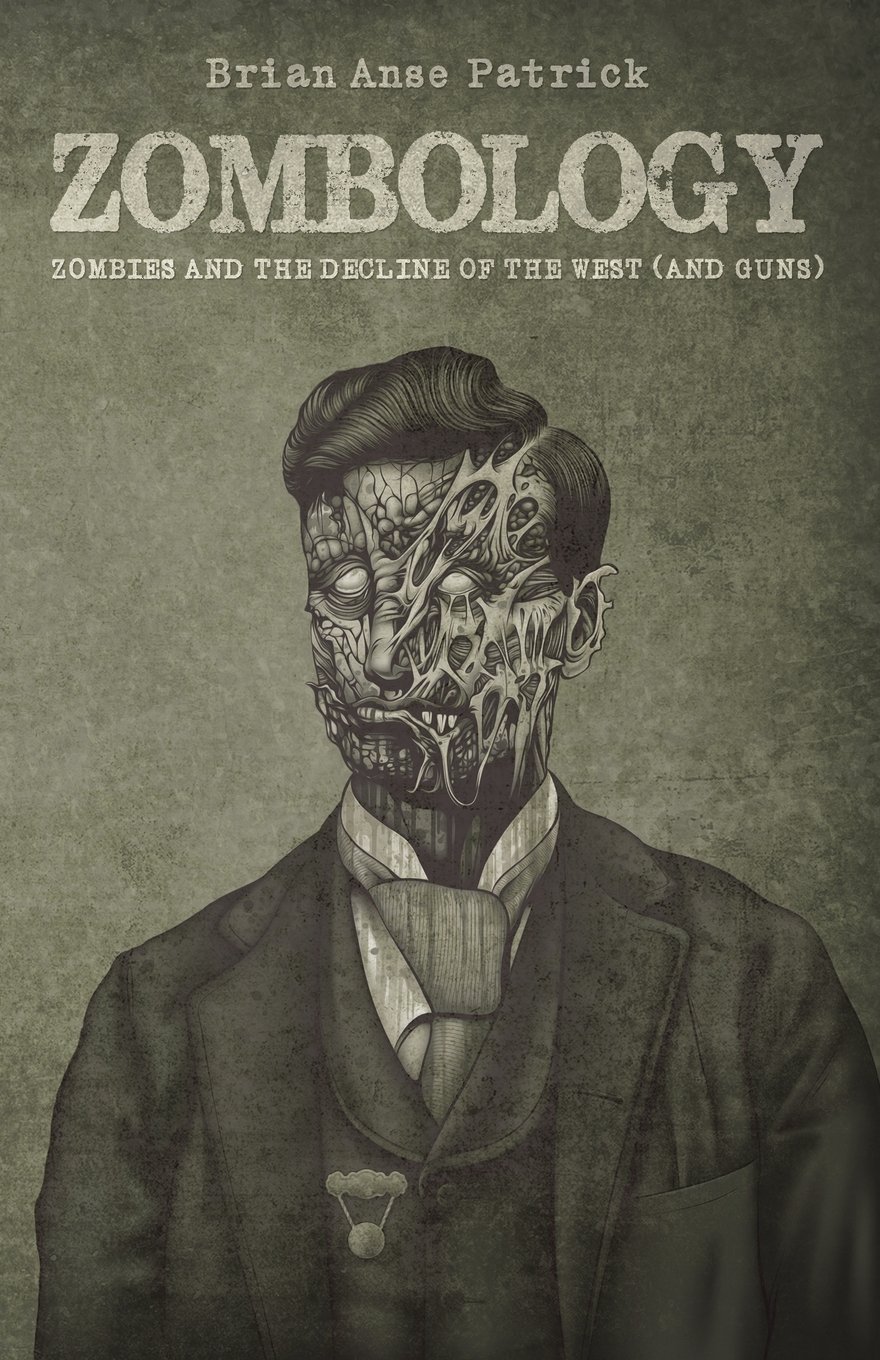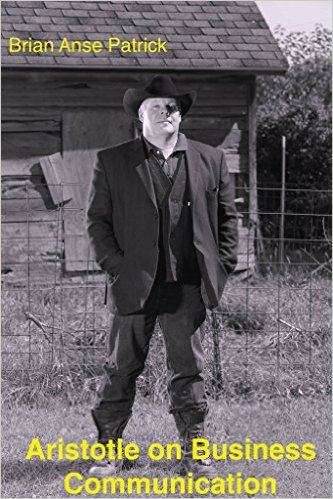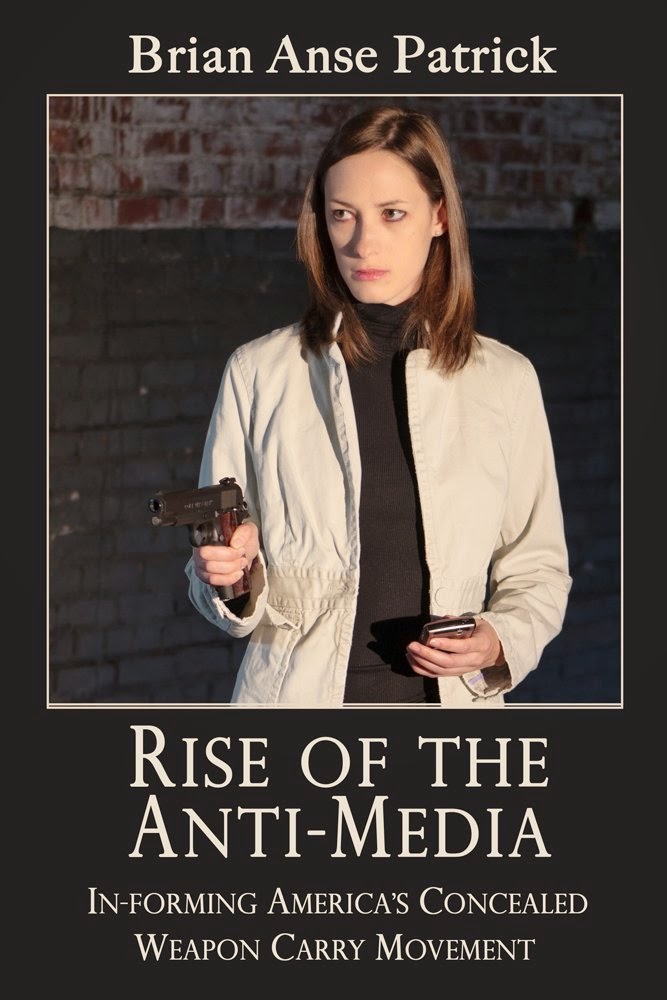Tuesday, May 20, 2014
NRA 2014 Annual Meeting: Reality Versus News Coverage
Good Writing, Bad News
Reality Versus News Coverage at the 2014 NRA Meeting
Brian
Anse Patrick
I
came. I saw. I listened. So did about 75,000 other persons from just about
everywhere in America: Ohio, Texas and even the wild reaches of the Bronx. Some
attendees even reported on the event. Quirkily.
The Guardian’s Ana Marie Cox in her
column of April 28 summed up NRA’s annual meeting: “NRA is at war with
America.” Her April 25th
column had noted four gun-related deaths in the Indianapolis area around the
time of the convention. So what was NRA
doing about criminal violence among black urban youths? There it was in black
and white—that evil NRA gun lobby, the boogeyman of a thousand media reports. Drawing yet another connection, Ms. Cox
reported that a local gun dealer, just a few miles from the NRA meeting, “supplies
criminals with weapons.” So it’s like that?
Really Ms. Cox? What penetrating
reportorial vision!
How
profound. How ironic. How silly.
Ms.
Cox’s columns on the NRA meeting may titillate suburban British audiences who
presumably have derived their knowledge of America, and their vicarious thrills
as well, from GP- and R-rated gangsta movies. Snugly cocooned New York
apartment dwellers on the upper west side may also find the reports compelling.
I would guess that the imagined
verisimilitude of such reporting depends on the degree of mediation of the
experiences of the audience. Cox
produces excellent market-ready commercial journalism in the sense of a well-crafted
more or less seamless product that conveys cartoon-like explanations to a mass
urban market that is in need of easily digestible interpretations of the meaning
of distant, inexplicable events in that curious country called America. In this
sense the news consumers of NYC’s upper west side and London are probably
little different.
But
isn’t this sort of journalism really no more than a creative game of connect-the-dots?
Depending on which dots are connected, and which are ignored, the picture changes.
Junk food journalism for shut-ins or the
socially insulated may be good business, but is it “news” in the sense of a
fairly reliable report of an event?
While
I understand how it might be possible to form such an initial impression of a
“War with America” in a mere few hurried and confused days at the jam-packed
NRA convention, I cannot fathom how it would be possible to maintain it.
The
annual NRA meeting is a huge event, actually a collection of many events. Thousands
of people move about. Multiple sessions and seminars take place simultaneously.
NRA officials do indeed rally the troops, as there are about five million NRA
members. Cheerleading, as such, tends to lack nuance, for cheerleaders are not
known for asking the faithful, “How do you feel about this?” My experience is
that once you have heard one NRA convention speech, allowing for minor
variations concerning trending political events, you have pretty much heard
them all. They are a genre produced by
the occasion, and consist of what used to be known as the epideictic style of rhetoric that celebrates and censures, e.g.,
the speeches of Martin Luther King, that celebrated a vision for America. Such
rhetoric may also call people onto the carpet.
Unfortunately,
however, only by the wildest straining of disconnected logic and the use of imaginative
connotations is it possible to link NRA with a cluster of gun deaths in Indianapolis.
And Cox’s notion of NRA being at war with America, or fellow Americans, is even
more fanciful. I’ll gladly wager that none of the guns in the Indianapolis area
shootings were owned or operated by NRA members, who were not slipping out of
the convention to do “drive-by” shootings. The urban black youths that Ms. Cox
symbolically brandishes are probably not NRA members, neither victims nor
shooters. Young American black men kill one another at rates almost 10 times
higher than the general population. Additionally, criminologists know that
murders overwhelmingly tend to be committed by previously convicted felons,
with histories of violence, who are barred from purchasing from the dealer to
which Ms. Cox refers. Nor is NRA providing the guns. More, it is a federal
felony for a felon to possess or attempt to buy a gun. It is also a federal felony
to knowingly sell or provide a firearm to a felon. She casts upon her dealer what
is known as “a false light,” which is defensible only in the legalistic sense
that her claim may technically be true. But
it seems a misleading equivocation. A person who originally legally bought a
firearm from the dealer may have been later convicted of a crime, or an illegal
“straw sale” may have taken place wherein a legally qualified person bought the
gun, passed the mandatory FBI computerized background check, and then illegally
transferred the gun to a felon. Or legally purchased guns may have been stolen,
shown up at a crime scene and/or were confiscated by police (and not
necessarily used in a crime) and traced by the same federal Bureau of Alcohol,
Tobacco and Firearms that monitors and regulates dealers. But no dealer stays in business who in any
sense directly “supplies guns to criminals” –such dealers go to jail. And in all my many years of researching and
hanging around American gun culture, I have yet to see an illegal arms dealer
of the sort shown commonly in the action movies. I also suspect that Ms. Cox
had no idea how many of the NRA members at the convention were “packing.” Ten of thousands I would guess, with no
murders, shootings or even threats. They were a civil and gracious crowd of unusually
friendly people, and much better behaved than any sports crowd that I ever saw.
Noting
another significant myth perpetuated by the column, NRA is not “the gun lobby.”
Among many other functions, too many to list here but which include safety
training and civil rights legal defense issues, NRA does indeed lobby on behalf
of gun owners. But the gun manufacturers have their own exclusive trade associations
and lobbies. NRA represents the interests of a people, not an industry. These members pay the dues that support NRA’s manifold
operations; no shadowy corporations front the money. As such, NRA members
assemble in voluntary association; they converse among themselves and with
others by means of various print, broadcast and computer-based media; and they
peaceably petition government entities.
When the NRA does all this, organs such as The Guardian and The New York
Times call it “lobbying,” but more accurately, it should be described as a
principled application of the First Amendment. Such “lobbying” is merely the
First Amendment put into practice. I
notice that many reporters seem to have little sympathy for the First Amendment
as it may apply to people other than themselves.
Ms.
Cox struck me as a smart and dedicated writer. She also had a totally cool
business card with a cat on the back. (Or was that the front?) She exhibited a wry
sense of humor and a lively interest in story angles and oddities. Stories,
though, have a way of taking on lives of their own, for the dots of our
experiences will somehow get connected one way or another, for it is deep in
our deep human nature to do so. We are story-telling animals. Ana Marie Cox
tells a great tale. I like her and her writing. Her tales of the NRA, however,
are every bit as sensationalistic, combative and tendentious as the epideictic NRA
speechifying to which she reacts. Brothers Grimm, move over, you have been
outclassed. But other pictures can indeed be drawn, pictures perhaps more
representative of events on the ground during those days. More I cannot say,
but perhaps we should designate this emergent market for interpretive style reporting
as epideictic journalism. It’s no wonder, however, that Aristotle, who
first catalogued epideictic rhetoric, dismissed some writers and satirists as
“evil speakers and tell tales.”
But
as far as perceptive reporting goes concerning substantive events surrounding NRA
at Indianapolis, I would be more inclined to accept the words of the busy young
woman who was operating the strategically located shoeshine stand at the JW
Marriot Hotel concourse to the giant Convention Center. I asked her what the many
people tended to be like who belonged to the different associations that passed
by and frequented her business each week. And this she told me, “The cops are
jerks, and the teachers—well, they don’t shine their shoes—but the NRA, these are
nice people.” She also thought highly of the firefighters. I value her opinions.
In fact I would like to read her regular columns on Americana, for she actually
appears to be in a position to make some reliable, well grounded observations
on the subject.
Good
writing may equate with bad news.
Subscribe to:
Posts (Atom)






